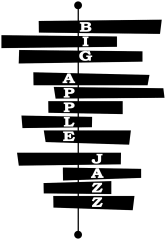New York City, NY
Nov 13th, 2025
Jazz Photography in NYC: A Guide on Ethics and Techniques
Jazz Photography in NYC: A Guide on Ethics and Techniques
Capturing jazz photography in NYC is not just about freezing a performance in time. It’s about showing the spirit, rhythm, and intimacy of the city’s live jazz culture. Every shot tells a story of expression, emotion, and the raw connection between musicians and their audience.
This guide explores both the ethics and the techniques behind jazz photography in New York City. We’ll share how to shoot respectfully, capture true emotion, and bring out the unique magic that only New York jazz can offer. You’ll have better chances through a jazz tour.

image : Jazz photography in NYC: A jazz band performing in NYC
Understanding the Soul of Jazz Photography
Jazz is more than music. It’s movement, light, and emotion blended into one living moment.
To capture it, photographers must sense rhythm visually through shadows, gestures, and atmosphere. In New York’s jazz clubs, this means working with dim light, quick improvisations, and ever-changing energy.
Approach each performance as a collaboration between the artist and the observer. The camera becomes a listener too.
Ethical Guidelines for Jazz Photography
Respecting musicians and the environment is central to jazz photography. The goal isn’t just a great photo; it’s preserving trust and authenticity.
1. Ask Before You Click
Always seek permission before photographing performers closely.
- Some musicians prefer privacy while playing.
- A quick conversation before the show builds mutual respect.
2. Avoid Distraction
Never use flash during live sets unless approved. Flash disrupts both the audience’s and the artist’s flow. Instead, learn to work with ambient stage light.
3. Respect the Audience
Be mindful of where you stand. Avoid blocking sightlines or moving too often during performances.
4. Credit Artists Properly
Whenever sharing photos online, always name the performer and venue. This simple gesture supports their craft and builds your credibility as a photographer.
5. Stay Invisible but Present
Blend into the crowd. Let your presence enhance the atmosphere, not dominate it.
Note: Ethical photography is about connection, not intrusion. It turns a single frame into a piece of living history.
Technical Aspects of Shooting Jazz in NYC
Jazz photography in New York challenges even seasoned photographers. The lighting, pace, and intimacy of the venues demand flexibility and skill.
1. Choose the Right Gear
Compact and quiet cameras work best in small jazz clubs.
- Use a fast prime lens (f/1.4 or f/1.8).
- Go for a full-frame sensor to handle low light effectively.
- Avoid heavy zoom lenses that attract attention or make noise.
2. Master Low-Light Settings
Club lighting is often dim and warm.
- Keep ISO high (1600–6400) to capture enough light.
- Use aperture priority mode for better control.
- Avoid overexposing the bright stage lights.
A balance between noise and clarity defines great photography.
3. Anticipate the Moment
Jazz is improvised. The best shots come from anticipation. Watch musicians closely. Their expressions and gestures signal what’s coming next. Moments before a solo or a high note often yield the most powerful frames.
4. Capture Emotion, Not Just Action
Photograph eyes, hands, and subtle gestures. Emotion lives in these small movements: a nod, a smile, or a sigh between notes.
Best Locations for Jazz Photography in NYC
New York offers countless spots for jazz photographers. From underground clubs to grand stages, each has its own story.
1. The Village Vanguard
A historic basement venue with warm, red lighting. Perfect for classic, moody shots.
2. Blue Note Jazz Club
Dynamic stage lights and international acts make it ideal for expressive portraits.
3. Smalls Jazz Club
Compact, intimate, and deeply atmospheric. Great for close-up compositions.
4. Birdland
A larger stage, wider angles, and strong backlights are perfect for capturing ensembles.
5. The Django
Vintage décor and golden tones provide a cinematic feel for your photos.
Each venue requires adapting to its light, layout, and acoustics. Knowing your space helps you move silently and compose with purpose.
Post-Processing: Enhancing Without Overdoing
Post-editing should respect the natural tone of live music. The goal is to enhance reality, not rewrite it.
Tips
- Adjust white balance to correct for warm tungsten light.
- Increase contrast slightly to define shadows and instruments.
- Retain grain for authenticity; avoid plastic-looking smoothing filters.
- Select some great photos and convert them to black and white for timeless emotion.
Each edit should reflect how the performance felt: raw, imperfect, and human.
Ethical Use of Jazz Photos Online
Sharing photography online brings visibility but also responsibility.
1. Always Credit Your Subjects
Include musician names, venues, and event dates. It acknowledges their artistry.
2. Avoid Commercial Misuse
Never use live performance shots for ads without proper permission. Musicians’ likenesses are protected by copyright and moral rights.
3. Protect Your Own Work
Watermark discreetly, or use metadata to embed credit. Avoid intrusive marks that ruin the viewer’s experience.
4. Engage with the Community
Tag venues, festivals, and artists. The jazz world thrives on shared appreciation and collaboration.
Capturing the Rhythm of the City
New York’s rhythm never stops. From Harlem to Greenwich Village, jazz flows through every corner.
Photographers who tune into this rhythm find endless inspiration:
- Street saxophonists playing by Central Park gates.
- Late-night jam sessions spilling from basement doors.
- Quiet rehearsals in old brick studios.
Every note, every pause, becomes a visual melody. Jazz photography is about listening with your eyes.
Building a Personal Style in Jazz Photography
Style develops over time through practice, patience, and passion.
1. Study the Masters
Look at works by Herman Leonard and William Claxton. Notice how they use smoke, light, and silence to tell stories.
2. Practice in Varied Settings
Shoot both small gigs and large festivals. Learn how light behaves differently on each stage.
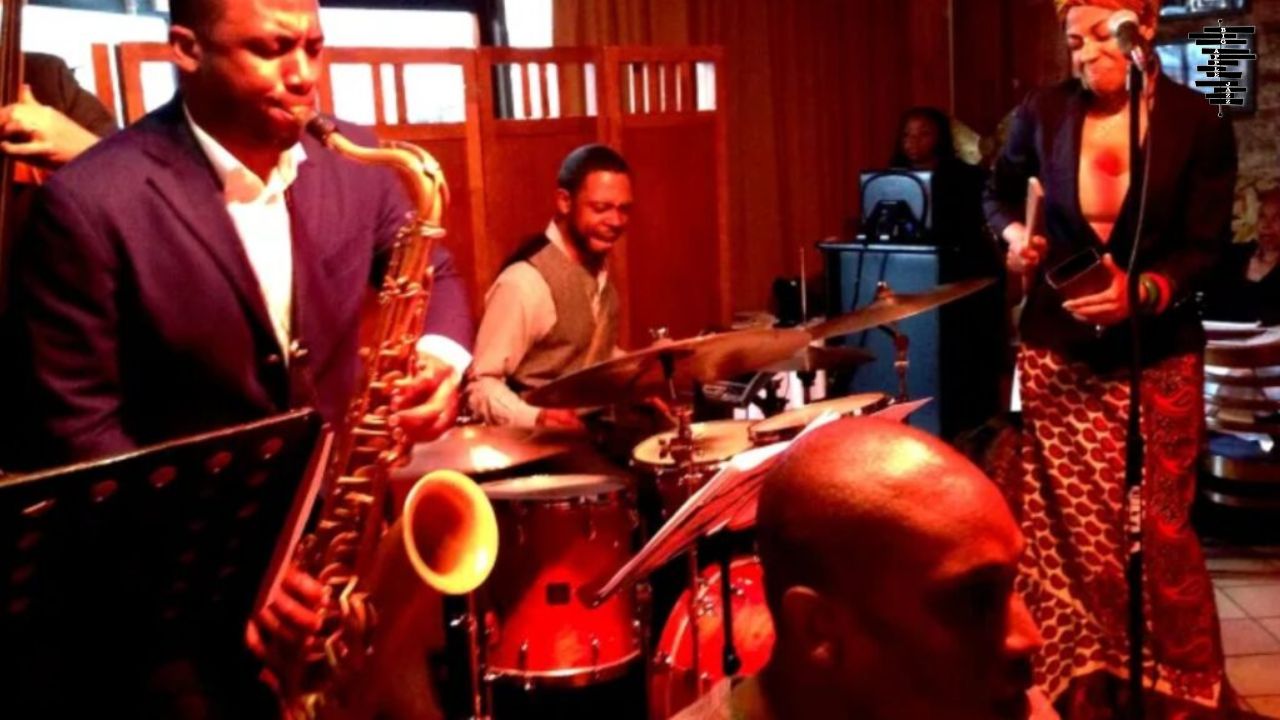
image : Jazz photography in NYC: A jazz band performing in NYC
3. Experiment with Composition
Jazz allows freedom. Tilt your frame, use reflections, and capture silhouettes. Break the rules thoughtfully to create something original.
4. Stay Curious
Listen to different styles, like bebop, swing, and modern fusion. Each rhythm changes how you shoot and feel the moment.
Final Thoughts
In New York, jazz never repeats itself. Every performance is unique, and so is every photograph. Explore different jazz styles and top jazz clubs at your own pace through a private jazz tour, which is perfect for photography.
A jazz photographer’s role is not just to document but to preserve emotion. Each shot becomes a bridge between sound and sight, between now and history.
When done ethically and skillfully, jazz photography in NYC becomes more than art: it becomes memory in motion.
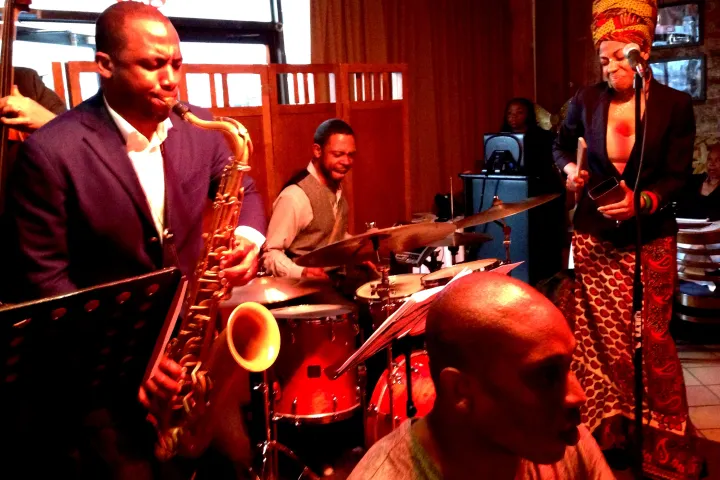
Harlem Juke Joint Tour
Your Harlem jazz tour guide customizes the best itinerary for each given night, based on the most talented players in Harlem’s most exciting jazz clubs.
185 Reviews

Harlem Juke Joint Tour
Your Harlem jazz tour guide customizes the best itinerary for each given night, based on the most talented players in Harlem’s most exciting jazz clubs.
185 Reviews

Private Tour
We’ll design your private jazz tour based on your tastes and our extensive knowledge of musicians, clubs and speakeasies throughout the city. We know what is happening nightly on and off-the-beaten-path.
185 Reviews

Private Tour
We’ll design your private jazz tour based on your tastes and our extensive knowledge of musicians, clubs and speakeasies throughout the city. We know what is happening nightly on and off-the-beaten-path.
185 Reviews

Greenwich Village Jazz Crawl
Intimate Greenwich Village Jazz Tour to discover and explore two hidden jazz haunts and the sites where Billie Holiday, Charlie Parker, and Bob Dylan made history.
185 Reviews

Greenwich Village Jazz Crawl
Intimate Greenwich Village Jazz Tour to discover and explore two hidden jazz haunts and the sites where Billie Holiday, Charlie Parker, and Bob Dylan made history.
185 Reviews
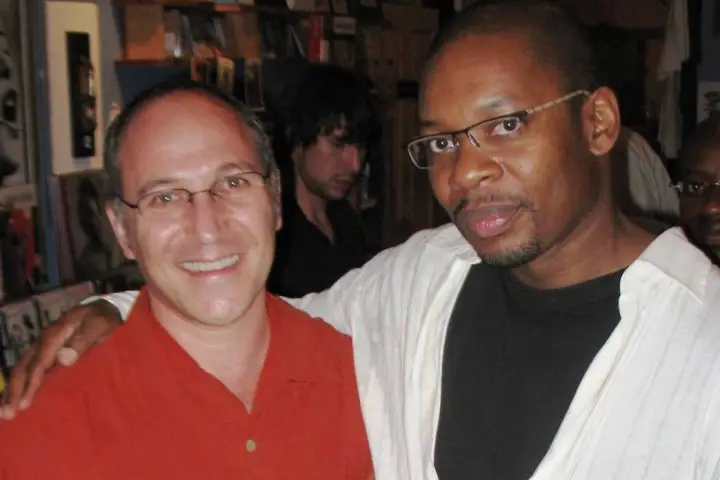
Legends of Jazz Tour
This is our premium tour! It features jazz’s international superstars, and also rising stars who deserve wider recognition.
185 Reviews

Legends of Jazz Tour
This is our premium tour! It features jazz’s international superstars, and also rising stars who deserve wider recognition.
185 Reviews

Gordon Polatnick
Gordon is the founder of Big Apple Jazz Tours. What started as a personal challenge to discover and document all of New York’s hundreds of jazz joints and to establish Harlem’s first jazz day club, has now blossomed…
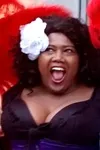
Amanda Humes
There’s no one in New York City like Amanda! Equal parts sass, smarts, and customer service – Amanda is the Harlem resident, Columbia University graduate, and…
